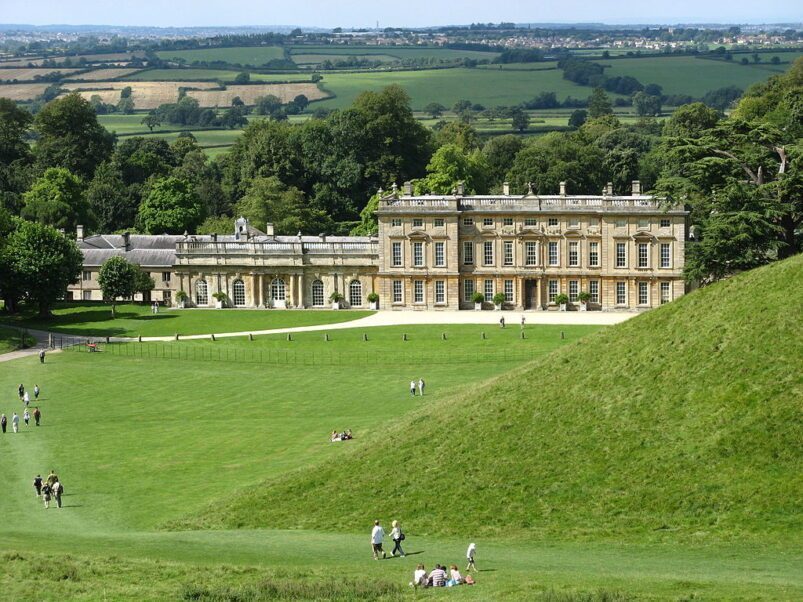One-third of heritage houses on the National Trust of Britain are related to slave-trade or colonialism. A report is expected to announce next month, as the heritage charity announced plans to keep most of the controversial objects on its sites to avoid “shutting down debate”.
A statue of a black man at Dunham Massey, in Greater Manchester, has been removed, but the trust has said it would return once it has been decided how to display it in the appropriate context. It is estimated that from the late 1600s to the early 1900s, one-sixth of Britain’s country houses were purchased by merchants whose fortunes depended on colonial trade, which was conducted on vastly unequal terms.
“Slavery has been woven into the fabric of British and global history for thousands of years,” the National Trust has said. “For 400 years, white British people, companies and organisations gained huge amounts of wealth through the appalling exploitation of enslaved people as part of the slave trade.”
The Trust said it is working to bring out painful and challenging histories attached to its properties and collections through interpretation and exploration, including by working with Colonial Countryside, a youth-led history and creative writing project run by the University of Leicester between 60 primary schools, which is highlighting neglected histories.
“In a crucial way, Colonial Countryside is filling a gap of the history which we have deliberately not been taught,” historian Raj Pal told the BBC.
The National Trust carried out a listening exercise with members, visitors and supporters in June, following a year-long survey of its 300 historic homes for links to slavery or colonialism, to be published in September. A working group will make recommendations on how to address this dark chapter of history.
“Some objects in National Trust collections depict black people in ways that stereotype them or that objectify black bodies,” the Trust said. “Some cause offence and distress. Objects such as the West Indian slave collar owned by Charles Paget Wade are stark and distressing reminders of the violent oppression faced by black enslaved people.
Sourced from The Guardian.
Read more on Colonialism.

